BNG Plans: Achieve Net Gain
The way that development projects are planned and approved has changed since the introduction of biodiversity net gain (BNG) which was brought into UK law through the Environment Act 2021.
Its central principle is that biodiversity in the local environment must be in a measurably better state after development than it was before any work began. For most planning applications in County Durham in north east England, biodiversity net gain is now a mandatory requirement alongside other planning policies.
This means developers must work with qualified ecological consultants to calculate a site’s biodiversity value before and after development. If there is a shortfall, measures must be implemented to deliver at least a 10% net gain. These improvements can be achieved through on-site habitat creation, the purchase of off-site biodiversity units, or a combination of both, but they must be evidenced, approved by the local planning authority, and secured for at least 30 years.
Since February 2024, meeting biodiversity net gain bng requirements has been a legal obligation. Alongside the Environment Act, biodiversity net gain is embedded in the National Planning Policy Framework and supported by Natural England guidance, Local Nature Recovery Strategies, and regional ecological priorities.
When planning projects, developers should integrate BNG considerations early in the design process to avoid costly delays, redesigns, and to ensure that development will create a measurably positive impact. Improving natural habitats and protecting key habitats such as ancient woodland, wetlands, and species-rich grasslands is at the heart of BNG policy in the region.
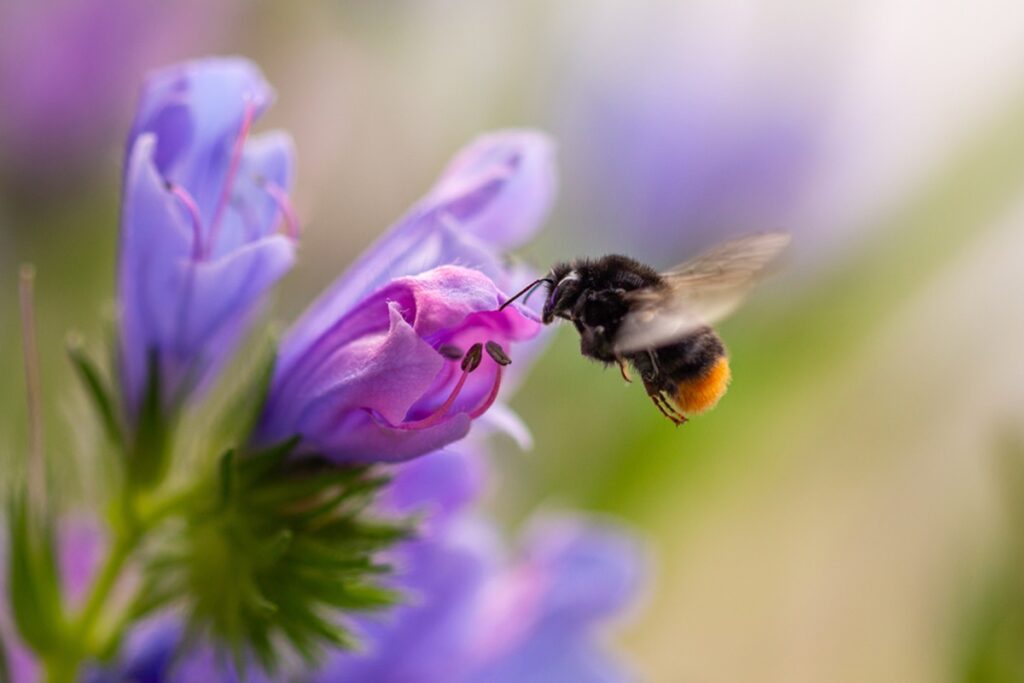
Ecological Features
The natural environment contains a diverse range of habitats, from upland moors and river valleys to coastal cliffs and ancient woodlands. Important natural areas and priority habitats include the Durham Dales, the River Wear corridor, the Durham Heritage Coast, and nature reserves such as Low Barns and Cassop Vale. These areas are home to protected species such as bats, otters, badgers, water voles, great crested newts, and breeding birds.
The presence of these species and habitats in the local environment means that any BNG plan must take account of existing ecological networks and ensure development does not compromise wildlife corridors or local biodiversity priorities.
The county benefits from active conservation and land management initiatives run by Durham County Council, the Durham Wildlife Trust, and local community groups, all aiming to restore habitats, link green spaces, combat climate change, maintain water quality and enhance the ecological resilience of the region.

BNG Assessment
Before submitting a planning application, the first step is to commission a BNG assessment from a qualified ecologist. The process begins with a baseline biodiversity survey, which records existing habitats, assesses their condition, and calculates their ecological value using the government’s Statutory Biodiversity Metric.
Depending on the site’s location and features, additional protected species surveys may also be required. Once the baseline is complete, the ecologist forecasts the site’s biodiversity value post-development, incorporating proposed landscaping, habitat creation, and land management measures.
If the projected biodiversity value on a development site does not meet the 10% net gain target, the ecologist will recommend additional steps for improving natural habitats to bridge the gap. These measures along with a monitoring and land management plan, will assure local councils that the development can proceed in compliance with the law.
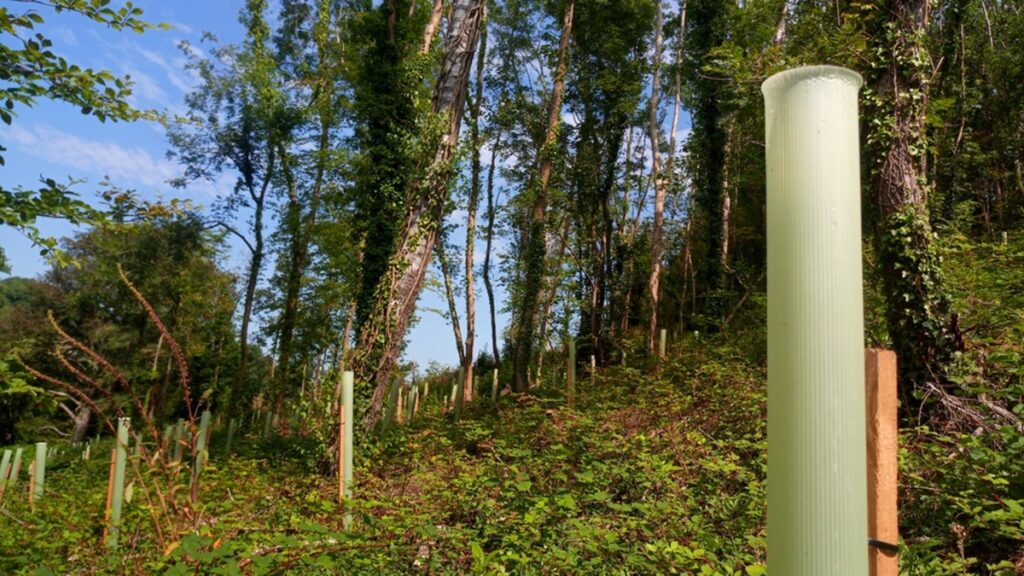
Delivering BNG
In many cases, biodiversity net gain can be delivered on-site. This might involve creating grassland, planting native trees, restoring wetlands, or introducing green infrastructure features such as green roofs and sustainable drainage systems designed to support wildlife.
If delivering the full net gain on-site is not possible, developers may purchase biodiversity units from registered habitat banks. Ideally, these should be located within County Durham, South Tyneside or the wider North East region to retain local ecological benefits.
Where bng units are secured away from the site, legal agreements such as conservation covenants will be needed. As a last resort, statutory biodiversity credits may be purchased from the government.
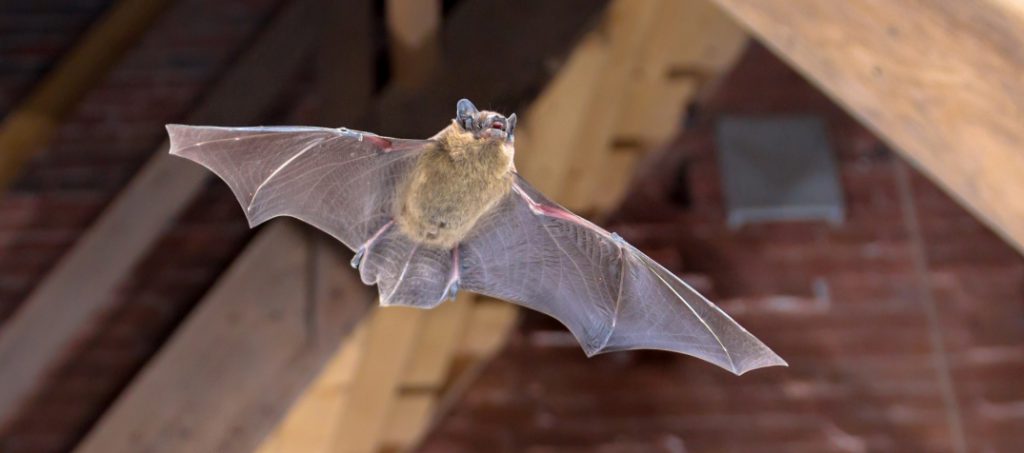
Protected Species
Many development sites will require additional ecological assessments alongside the BNG process. Protected species surveys for bats, badgers, otters, great crested newts, reptiles, or breeding birds are often necessary to meet planning authority requirements.
By commissioning these surveys early, developers can ensure that their BNG plan aligns with both the mitigation hierarchy: avoid, minimise, and then compensate, along with statutory protections for wildlife and the natural environment.
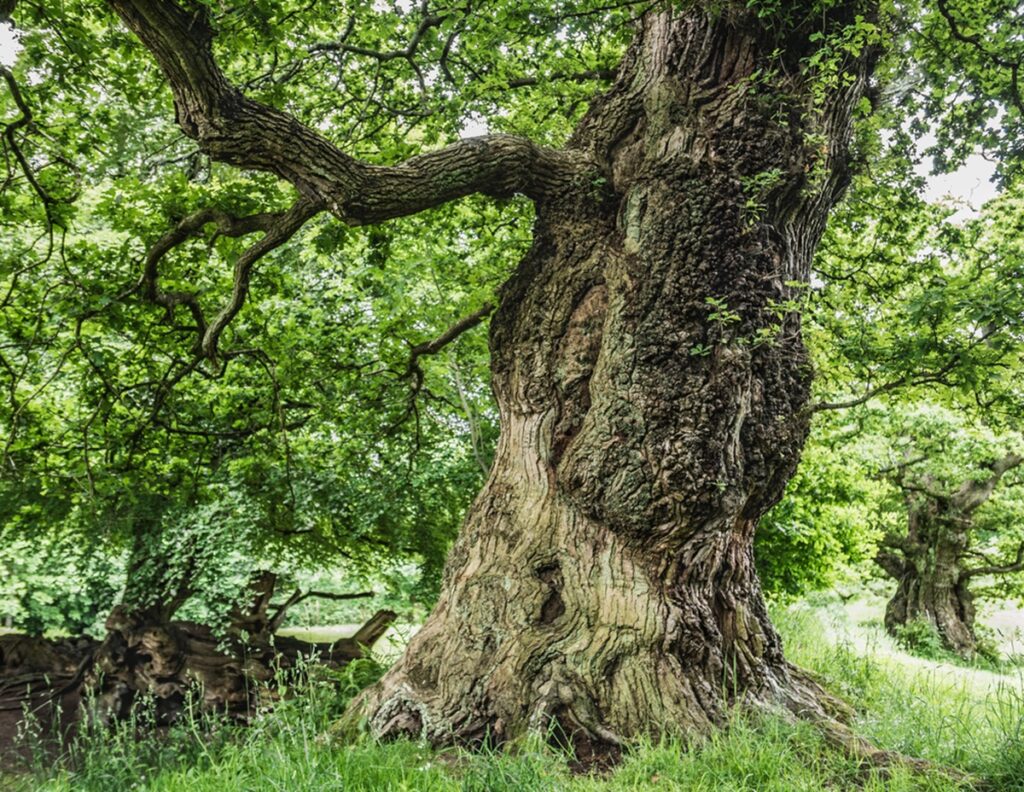
The BNG Plan
A biodiversity net gain bng plan sets out in detail how the 10% net gain will be achieved. This includes habitat creation and enhancement proposals, an ongoing land management and monitoring plan, and evidence that these measures will be maintained for at least 30 years, as required by law. In County Durham, biodiversity net gain plans must also align with the Local Nature Recovery Strategy and relevant local biodiversity action plans.
BNG makes it essential to demonstrate clearly to local councils they way that habitats will be protected, restored, and enhanced throughout the development’s life cycle, ensuring measurable and lasting benefits for nature.
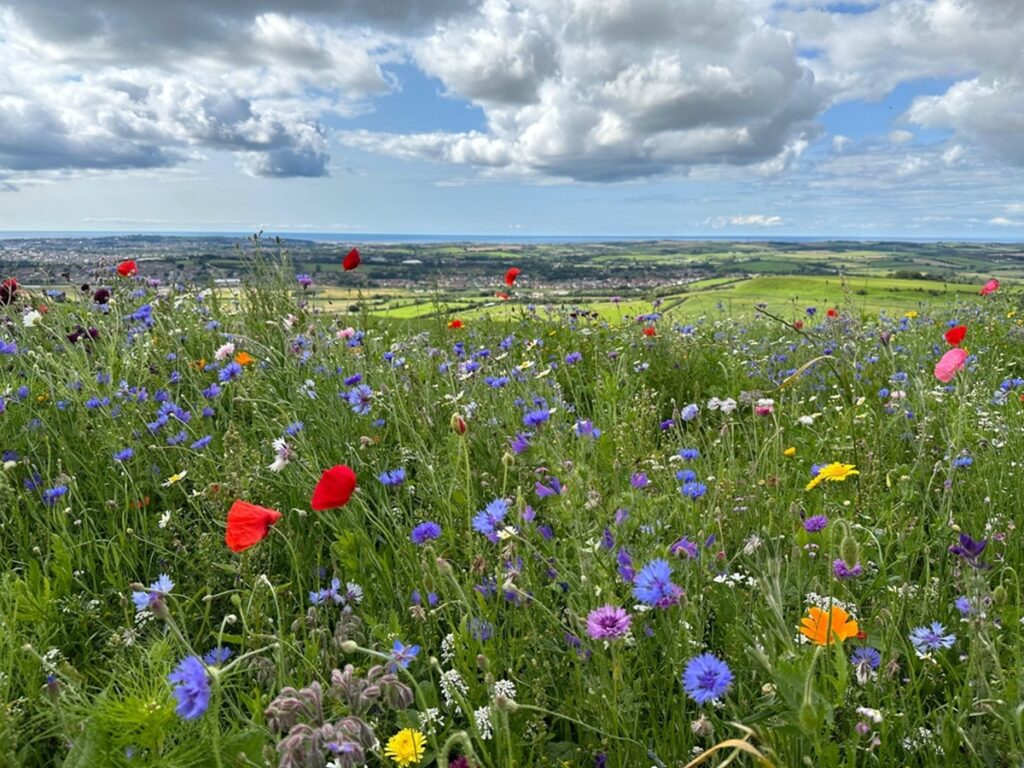
Manage the BNG process
Our ecology consultancy delivers biodiversity net gain assessments in County Durham, South Tyneside and across the north east. We manage the process from start to finish, including baseline habitat surveys, Biodiversity Metric calculations, habitat design advice, and the preparation of detailed bng plans to help clients achieve bng targets on new developments.
We work with major developers, small scale developers, architects, and planning consultants to ensure that biodiversity net gain is built into project designs from the outset, helping to achieve planning permission from local councils efficiently.
Where off-site biodiversity units are needed, we can assist with sourcing them, arranging the required legal agreements, and ensuring that all documentation meets Durham County Council’s planning requirements. Our knowledge of the county’s habitats and species allows us to produce BNG plans that are both compliant and tailored to the region’s ecological priorities.
Request a Free Quote for BNG Plans
If your planning application in County Durham requires a biodiversity net gain assessment, we can provide a free, no-obligation quote. From new developments to large infrastructure projects, our experienced ecologists produce clear, compliant BNG plans that satisfy local authorities and support approval of planning permission.
To arrange a site visit and begin your biodiversity net gain plan, contact us today. By complying fully with the Environment Act 2021 and integrating biodiversity net gain from the outset, you will not only improve your chances of securing planning permission but also contribute to lasting ecological improvements across County Durham.